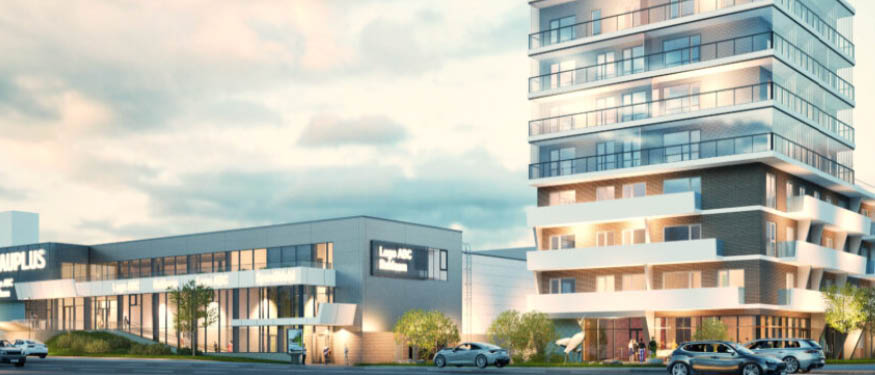Public infrastructure projects in Austria and in particular PPPs are undergoing several changes. In the last few years, the focus of PPPs was on social infrastructure like schools, hospitals, and other clinics. Many of them have been structured as so-called Betreibermodelle, i.e., a form of build, finance, and operate models. However, the focus is clearly shifting towards infrastructure for digitalization and climate change.
The federal government in Austria is hardly using project models like PPP or other forms of co-operative implementation (like alliancing contracts) but has rather returned to traditional general contractor contracts. However, apart from such projects and providing the legal framework, the federal government is increasingly using subsidy schemes and tax advantages to support the needed infrastructure in Austria.
Digital Infrastructure
Broadband networks for high-speed internet access are supported via the BBA2030 scheme (Broad Band Austria 2030), providing in total EUR 1.4 billion of investment subsidies to cover all areas with fiber optic networks by 2030 which commercial investors would otherwise leave out. Four different subsidy schemes are available. The first call commenced in March 2022, after receiving Commission approval under the Recovery and Resilience Facility. The call will remain open until May 2022. Three of these schemes are available to public and private applicants but are, above all, indispensable components of public projects at the level of the provincial states and municipalities.
New project models have been developed for public broadband projects, namely the three-layer-open-access models, joint-venture, and joint operation models. In JV models, public and private entities jointly invest in infrastructure and operate it by a joint vehicle. In joint operation models, the public and the private sides invest separately, where the private partner invests in the commercially feasible parts of the infrastructure and the public partner finances the rest; however, the partners set up a joint vehicle to operate both parts of the network. The operation tasks can be structured as a lease or an operation and maintenance contract. Some broadband projects have been structured as concessions.
Most of those models are exempt from public procurement law due to an exemption for telecom projects under the EU procurement Directives. So, fair selection procedures and careful contract drafting are required. Contractual clauses on delay and cost increases because of epidemics, supply-chain disruptions, sanctions, and/or situations of war became a major issue. These include force majeure and hardship clauses or contract variations. Finally, other digital infrastructure, like data centers, is mainly deployed via private initiatives.
Energy and Climate Change
The infrastructure for energy transition or mitigating the effects of climate change will become even more important. The federal government is, again, tackling these issues with subsidy programs. In June 2021, the law on deployment of electricity generation from renewable sources entered into force. It foresees both investment grants and capacity auctions. Investors looking for photovoltaic, wind, small hydropower, hydrogen, biomass, etc. projects should get advice on the available investment grants. In January and March 2022, the federal government initiated two further subsidy schemes for investment grants aiming at fostering the shift from oil and gas to climate-friendly technologies for industrial plants and households. However, the law favors existing commercial premises and households in their switch from gas heating to electricity, biomass, and heat pumps.
There is political resistance against photovoltaic and wind energy, as well as the strengthening of the electricity grid, because such infrastructure is considered to disfigure the landscape. Even if the federal government grants subsidies and the required permits could be obtained, investors struggle to find the required land for their projects, because the zoning plans do not contain sufficient space for wind or PV parks.
Honoring ESG in Infrastructure Tenders
However, the public procurement law does offer efficient tools to authorities awarding contracts for public infrastructure to honor ESG aspects. These tools are increasingly being used. So, suppliers and construction contractors would be well advised to inform public authorities, before a tender is commenced, which technical solutions they can offer and what is available on the market.
Aspects of environmentally friendly supplies, works, and services must be considered, mainly when determining the object of the tender, the contractual conditions, and the selection and award criteria. Moreover, ecological (energy efficiency; production, installation, and operation aspects of materials; life-cycle costs; recycling of waste; protection of green soil) and social criteria (gender equality; protections for the young, elderly, or disabled in the workforce) should be used. For awarding concessions there is even more flexibility.
By Thomas Hamerl, Partner, CMS
This Article was originally published in Issue 9.4 of the CEE Legal Matters Magazine. If you would like to receive a hard copy of the magazine, you can subscribe here.















